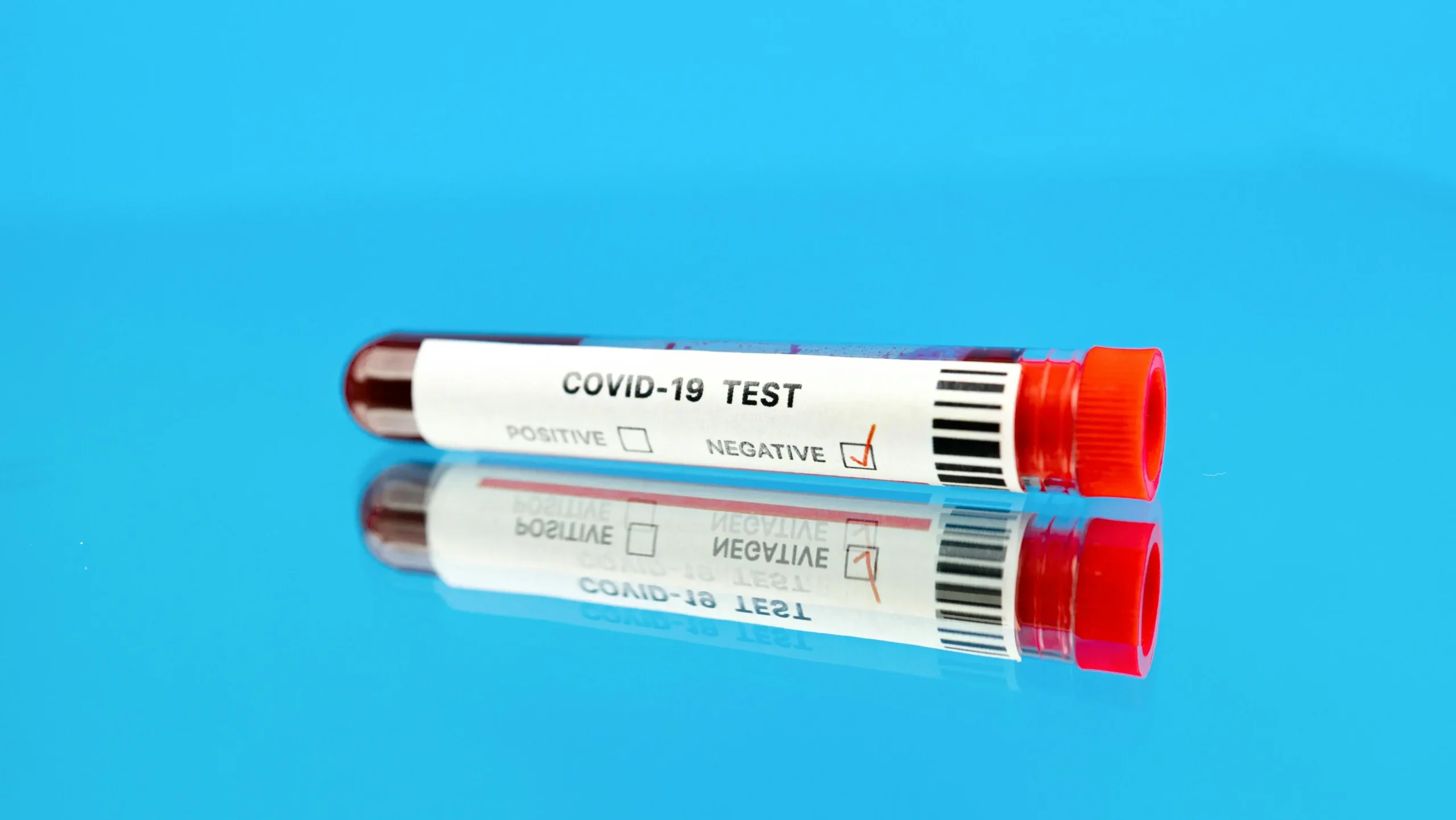
How to Test for Toxic Chemicals: Exposure Risks & Detection
In an era where awareness of environmental and health impacts is growing, it is crucial to understand the dangers of exposure to various industrial chemicals. Many hazardous substances, such as polychlorinated biphenyls (PCBs), per- and polyfluoroalkyl substances (PFAS), perchloroethylene (PCE), benzene, hexane, pentane, and xylene, are widespread in the environment and pose significant risks to both human health and ecosystems.
Common Hazardous Chemicals and Their Effects
PCBs (Polychlorinated Biphenyls): These chemicals are present globally in air, water, soil, and sediments. PCBs can cause severe endocrine disruptions due to their similarity to thyroid hormones, leading to developmental and reproductive issues.
Perchloroethylene (PCE): Commonly used in the dry-cleaning industry, PCE is toxic to various organ systems and can lead to neurological damage, liver toxicity, and respiratory issues.
Benzene: A widely used industrial chemical, benzene is known for its carcinogenic properties and complex metabolism, leading to an increased risk of leukemia and other hematological disorders.
Hexane: Frequently used as a solvent, hexane has neurotoxic effects and can cause severe damage to the nervous system over prolonged exposure.
Health Consequences
Exposure to these hazardous substances can lead to a variety of health issues, including:
- Neurological damage (e.g., memory loss, tremors, neuropathy)
- Endocrine system disruptions (e.g., hormone imbalances, thyroid issues)
- Increased cancer risk (e.g., leukemia, liver cancer)
- Liver and kidney damage
- Respiratory problems (e.g., chronic bronchitis, asthma, respiratory irritation)
- Dermatological conditions (e.g., skin rashes, eczema)
- Developmental and reproductive toxicity
- Gastrointestinal issues (e.g., diarrhea, nausea)
- Cognitive impairment (e.g., memory loss, difficulty concentrating, reduced mental clarity)
- Sensitization (e.g., allergic reactions and increased sensitivity due to repeated exposure)
How to Detect and Reduce Exposure?
To assess and mitigate exposure, specialized tests can be conducted:
Blood Tests
These tests measure toxic chemicals like benzene, xylene, and hexane in your bloodstream. Monitoring blood levels helps detect both short-term and chronic exposure risks.
Urine Tests
These tests identify toxins the body has processed, revealing metabolites from chemicals like PCBs and PFAS. Urine analysis helps assess both recent and ongoing exposure levels.
Complementary Tests:
- Trace Elements in Blood: Sensitivity to mercury varies among individuals, and the status of detoxifying nutrients like selenium can play a role in managing exposure. (Added: Blood testing can help detect heavy metals and other toxic substances that accumulate over time.)
- Organic Acid Test: Urinary markers can reflect exposure to environmental toxins and upregulation of detoxification pathways. If elevated, identifying and removing exposure sources is recommended. (Added: Urine testing is often used to detect toxins that are excreted by the body and may reflect recent exposures.)
- MELISA Test: This test detects immunological (over) sensitivity to metals and substances commonly used in medical and dental practices, including mercury compounds. It helps identify immune reactions even at low exposure levels.
Conclusion
The extensive presence of hazardous chemicals in our environment highlights the importance of awareness, monitoring, and proactive health measures. Identifying risks, testing for exposure (including blood and urine tests), and minimizing contact with these substances can help protect both individual health and the environment. Supporting regulatory efforts and advocating for safer alternatives can further contribute to reducing the global impact of toxic industrial chemicals.
Literature
- Snyder, R. (2012). “The toxicology of benzene.” Environmental Health Perspectives, 120(2), 165-182.
- Schreiber, J.S., et al. (2002). “Apartment residents’ and day care workers’ exposures to tetrachloroethylene (perchloroethylene) and deficits in visual contrast sensitivity.” Environmental Health Perspectives, 110(7), 655-664.
- Carpenter, D.O. (2006). “Polychlorinated biphenyls (PCBs): routes of exposure and effects on human health.” Reviews on Environmental Health, 21(1), 1-23.




